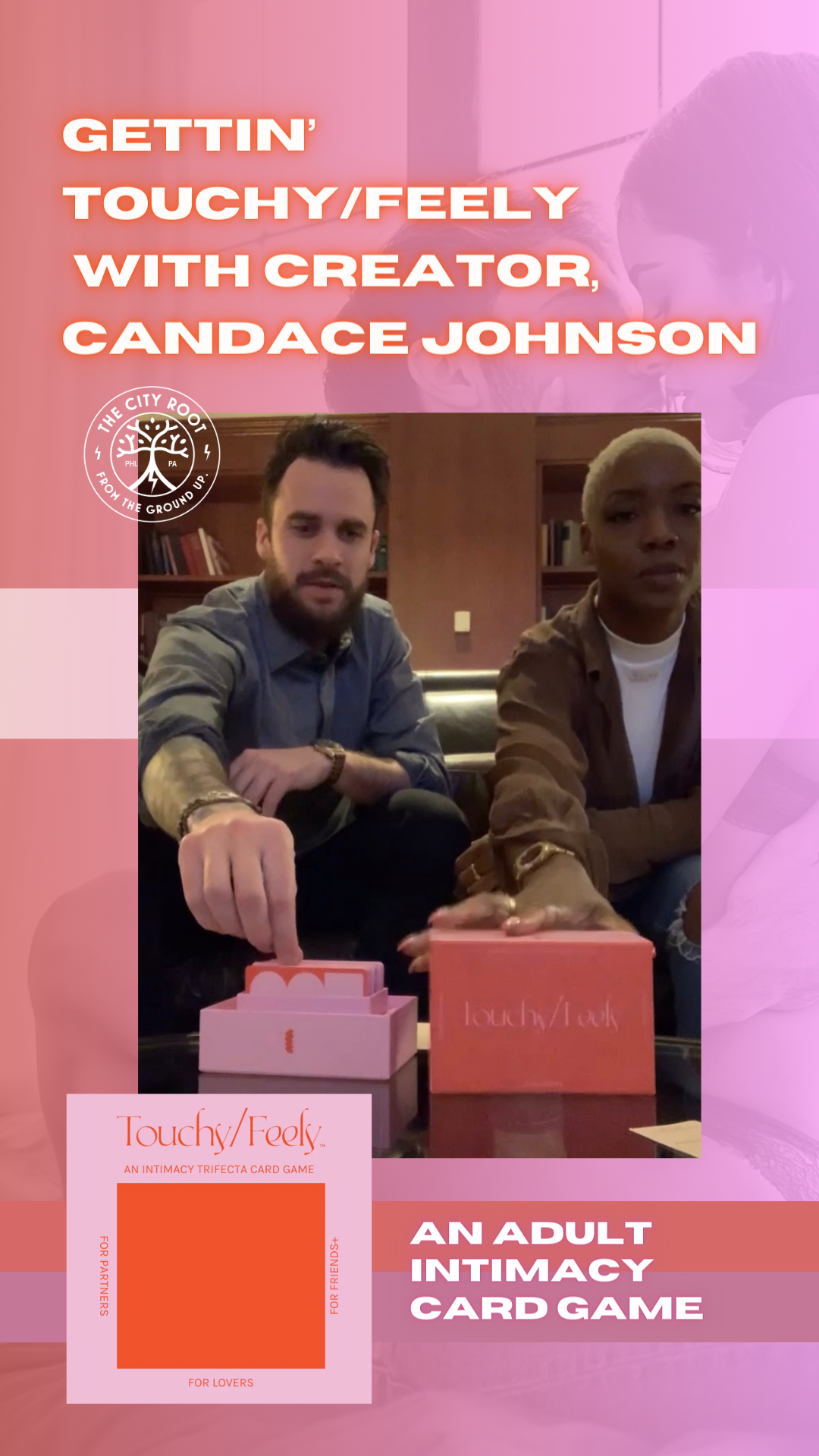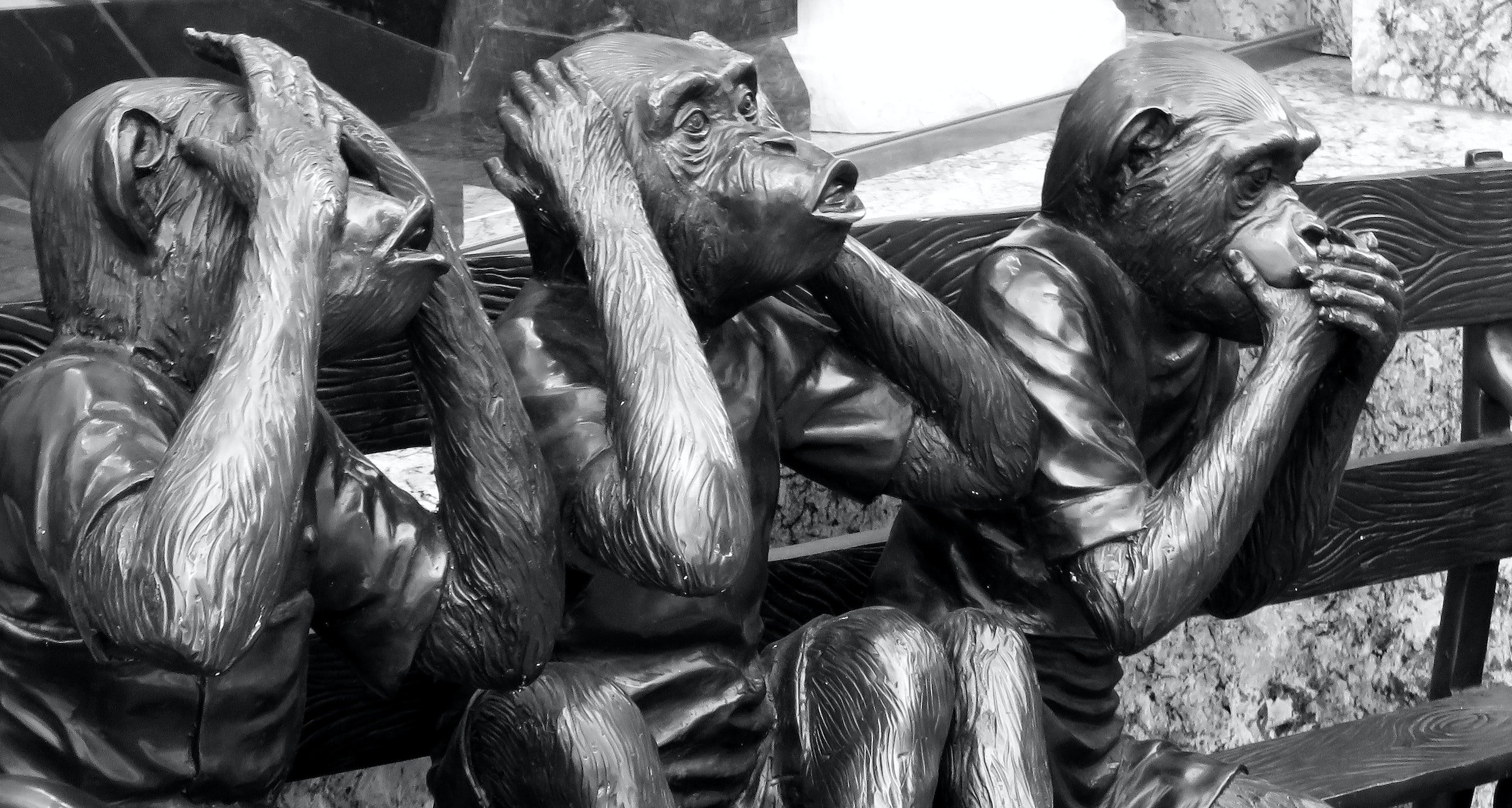Therapy? Nah, Recycled Horror & Thriller Stories
Unless you’ve been living under a rock—or possibly inside a COVID-19 inspired doomsday bunker—you’re probably familiar with the hype surrounding Netflix’s South Korean thriller drama, Squid Game, which was renewed this year for a second season.
The wildly successful series follows a group of desperate citizens competing for millions of dollars, battling each other through fatally-twisted versions of popular Korean children’s games.
Whether you binged it in one session or rolled your eyes at the mere mention of it, there’s no denying that Squid Game absolutely crushed it when it came to streaming figures. But, while Squid Game offered a fresh cast of characters and an impressive visual experience, the story was certainly not the first of its kind.
DYSTOPIAN THRILLERS
We’ve seen similar concepts pop up in The Hunger Games, episodes of Black Mirror, the Brazilian dystopian thriller series 3%, and even the 2000 Japanese book-to-movie adaptation Battle Royale—all painting the “there can only be one” trope in the gravest light possible.
Squid Game is only one of Netflix’s recent successful horror pieces though. In the past year, other haunting Netflix titles like Archive 81 and Midnight Mass have gripped the attention of viewers around the world too.
It’s a little bizarre, though, that in a world where we’re constantly at war with real corruption and violence, we still spend our leisure time indulging in these grim, gruesome fictional tales.
But Why?
Why do we return to the thriller/horror genre time and time again? What is it about these familiar storylines that make them so alluring? And, perhaps more importantly, how has our consumption of thriller and horror media like Squid Game morphed under the weight of a pandemic?
Scratching Deep Down Beneath the shallows
It’s possible that, like me, you’ve always had a very shallow understanding of horror media. And it’s easy to see why—after all, the 2017 film The Bye Bye Man was memed to death before it even dropped in theaters.
Unfortunately, as is the case with just about every genre, much of the most innovative and stylistically-impressive content flies completely under the radar.
Perhaps it’s because when we approach horror media, we’re often just looking for a quick scare followed by a wave of relief.
We’re not really searching for interesting characters or era-defining SFXs—a few early 1800s-era ghosts and some fake blood are fine, thanks!
But it’s fascinating how therapeutic horror content can actually be. For creators, it’s a constructive way to cope with trauma. It’s just as cathartic for viewers, who can subconsciously deal with tragedy from the comfort.
untangling the Complex world of horror media
I’ve found my own solace in horror media, but it took me a while to get there. See, I’ve always been a sci-fi fan and a conspiracy theory lover, but I kept my distance from grisly horror.
It wasn’t until the already-horrifying summer of 2020 that I realized there is more to the horror genre than just slasher films and The Woman in Black franchise. I became extremely invested in the world of surreal horror and the insanely creative corner of the internet that produces analog horror.
Analog horror is an offshoot of the found-footage horror sub-genre, which has its roots in feature-length films like Blair Witch Project and Paranormal Activity.
By contrast, analog horror pieces usually rely on shorter media clips, with the stories told through the use of analog mediums like TV broadcasts, VHS tapes, radio alert systems, etc. The genre has largely found a home on YouTube, where series like The Walten Files and Gemini Home Entertainment have grown massive fanbases.
Often credited as being one of the first to establish the analog horror genre is a web-original video series known as Local 58. Local 58 presents itself as a series of broadcasts from a local television channel, but everything is a bit…off.
The faux channel airs eerie and unsettling programs, the entire collection of videos spanning several decades. From disturbing children’s cartoons to frightening weather alerts, Local 58 does an excellent job at building an elaborate and unique narrative through wildly mundane elements.
Many analog horror series double as Alternate Reality Games (ARGs), which are interactive stories that use the real world as their environment. Often ARGs rely on the engagement of the audience—or, the players—to progress the story.
Classic horror movies often prep you for the scares by playing goosebump-inducing music or sound effects. With thriller ARGs and analog horror, you’re forced to think for yourself and determine what is or isn’t frightening. It creates the illusion that you’ve stumbled across something you definitely weren’t supposed to see—that you’re the main character.
The Science Behind the Spooks
This isn’t all to say that other sub-genres, like paranormal horror or psychological horror, can’t give other fans the same thrill-seeking experience. That’s the beauty of horror–there’s a little bit of something for everyone.
But the benefits of horror and thriller content continue to extend past simple entertainment. A 2020 study led by Penn State psychology professor emeritus John Johnson found that horror fans were actually coping with COVID-19 better than non-fans.
Johnson and his team learned that horror fans showed signs of what they described as “positive resilience.” They also discovered that many of them had high levels of a trait known as “morbid curiosity.”
The research team believes horror media is a form of “threat simulation.” Basically, viewers can prepare for threatening situations in a safe and controlled environment. However, it’s unclear whether horror fans are more or less concerned about the severity of the COVID-19 virus.
One member of the research team, Coltan Scrivner, said, “Maybe zombie movie fans are taking [the pandemic] more seriously, but fans of another sub-genre are taking it less seriously. But this is just speculation.”
Netflix’s popular 2021 South Korean thriller-drama “Squid Game” questions how far financially-desperate strangers are willing to go for a shot at a better life.
The Conversation
Regardless, it appears that more and more people are embracing the good and bad of the horror and thriller genres. Much of the content is finally being recognized for what it’s been for years and years—social commentary.
It’s clear that this is largely what’s drawn viewers to shows like Squid Game. Sure, the overarching story has been hashed out before, but the point comes across even more poignant this time around because of our increasingly chaotic global climate.
Who can blame viewers for connecting with the show’s premise? The past few years have left many people around the world in financial ruin, critical of their government’s behavior, and more eager for change than ever before. Of course a story that demonstrates the most extreme effects of capitalism and government ignorance would resonate with them.
Perhaps the saddest and most ironic part of this whole situation is that we’ve all been watching these releases on Netflix, one of the world’s most lucrative media production giants.
Despite this, it’s clear that content like Squid Game is stirring discussion among viewers. These genres have long been discredited as superficial and cheap—but, as it turns out, they may have been exactly what we all needed as an escape.















I’ll die on this hill because I’m right.